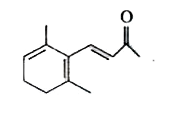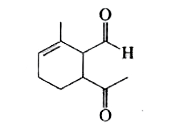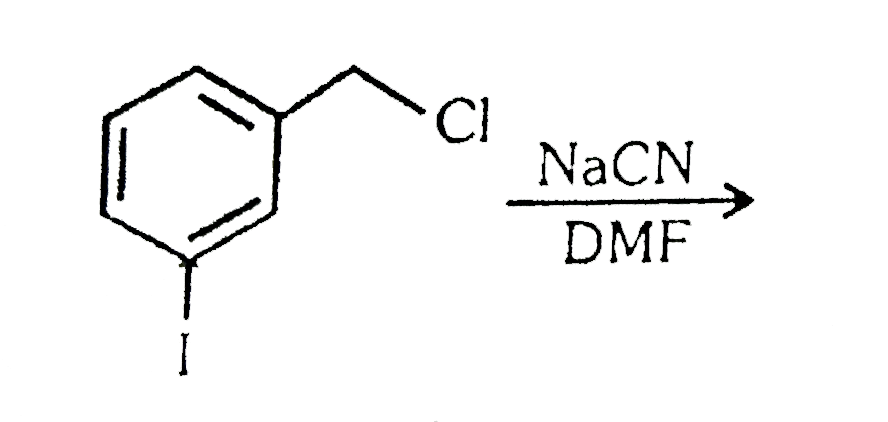Write the structures of major and minor products formed when 3-chloro-2-methylpentane is subjected to dehydrohalogenation.
To solve the problem of identifying the major and minor products formed when 3-chloro-2-methylpentane undergoes dehydrohalogenation, we will follow these steps:
Step 1: Understand the Structure of 3-Chloro-2-methylpentane
3-chloro-2-methylpentane is a branched alkyl halide. Its structure can be represented as follows:
CH3|CH3−CH−CH−CH2−CH3|Cl
Step 2: Identify the Dehydrohalogenation Reaction
Dehydrohalogenation involves the elimination of a hydrogen halide (HCl in this case) from the alkyl halide. This process typically leads to the formation of alkenes.
Step 3: Determine the Possible Elimination Pathways
In this case, we can eliminate a hydrogen atom from either the carbon adjacent to the carbon bearing the chlorine (C-2) or from the carbon on the other side (C-4).
Step 4: Apply Zaitsev's Rule
According to Zaitsev's rule, the more substituted alkene is favored as the major product. Therefore, we will analyze the possible alkenes formed:
1. Major Product:
- Elimination of H from C-2 leads to the formation of 2-methylpent-2-ene:
CH3∣CH3−CH=CH−CH2−CH3
2. Minor Product:
- Elimination of H from C-4 leads to the formation of 4-methylpent-2-ene:
CH3∣CH3−CH−CH=CH−CH3
Step 5: Draw the Structures of the Products
- Major Product: 2-methylpent-2-ene
- Minor Product: 4-methylpent-2-ene
Final Structures
1. Major Product:
CH3∣CH3−CH=CH−CH2−CH3
(2-methylpent-2-ene)
2. Minor Product:
CH3∣CH3−CH−CH=CH−CH3
(4-methylpent-2-ene)
Summary
- Major Product: 2-methylpent-2-ene
- Minor Product: 4-methylpent-2-ene
---
3-chloro-2-methylpentane is a branched alkyl halide. Its structure can be represented as follows:
Dehydrohalogenation involves the elimination of a hydrogen halide (HCl in this case) from the alkyl halide. This process typically leads to the formation of alkenes.
In this case, we can eliminate a hydrogen atom from either the carbon adjacent to the carbon bearing the chlorine (C-2) or from the carbon on the other side (C-4).
According to Zaitsev's rule, the more substituted alkene is favored as the major product. Therefore, we will analyze the possible alkenes formed:
- Elimination of H from C-2 leads to the formation of 2-methylpent-2-ene:
CH3∣CH3−CH=CH−CH2−CH3
- Elimination of H from C-4 leads to the formation of 4-methylpent-2-ene:
CH3∣CH3−CH−CH=CH−CH3
- Major Product: 2-methylpent-2-ene
- Minor Product: 4-methylpent-2-ene
1. Major Product:
CH3∣CH3−CH=CH−CH2−CH3
(2-methylpent-2-ene)
CH3∣CH3−CH−CH=CH−CH3
(4-methylpent-2-ene)
- Major Product: 2-methylpent-2-ene
- Minor Product: 4-methylpent-2-ene
Similar Questions
Knowledge Check
- Question 1 - Select One

Major product formed is :A B
B C
C D
D
- Question 2 - Select One

Identify structure of major product :A B
B C
C D
D
- Question 3 - Select One
The structure of major product of following reaction is:
 A
A B
B C
C D
D
Write the structure of the major organic product expected form the following reaction:
 View Solution
View SolutionWrite the structural formula of the main product formed when:
Methyl magnesium iodide reacts with water.View SolutionThe structure of the major product formed in the following reaction is:
 View Solution
View SolutionWrite the structure of the major organci product expected from the following reaction .
 .View Solution
.View SolutionWrite the structural formula of the main organic product formed when methanal reacts with ammonia.
View Solution



